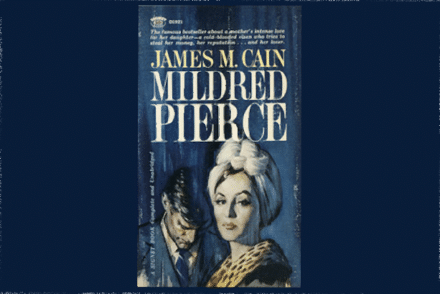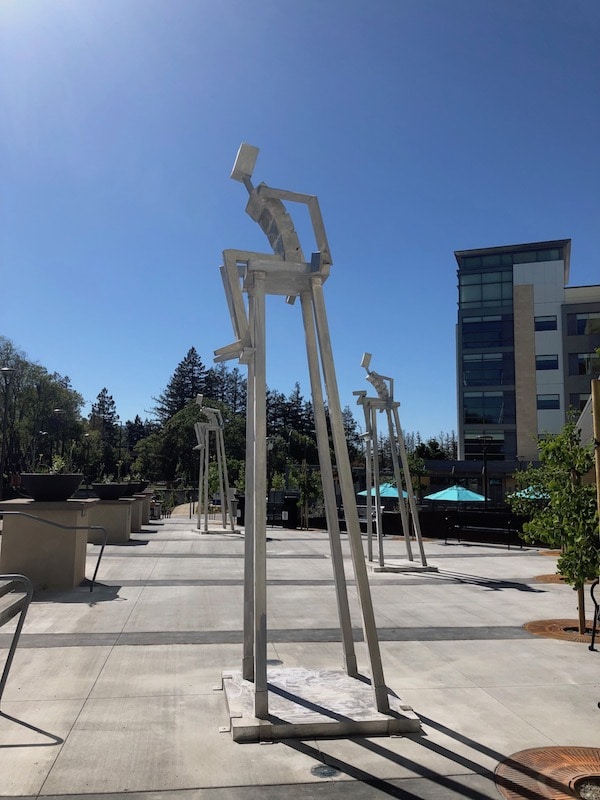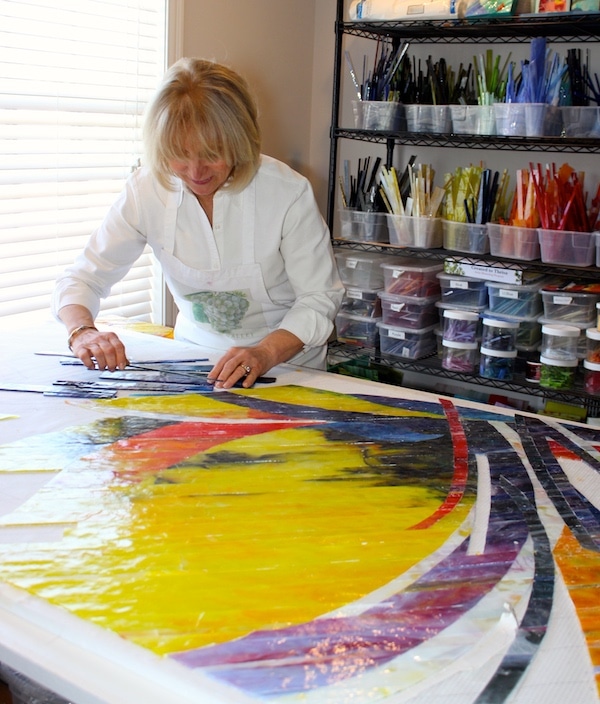
Etymologically, it’s obvious, right? Artists who sell art embark on the entrepreneurial journey—thus the blend of the two words—but is that really it? Clark Hulings worked for years as a successful commercial illustrator creating covers for iconic books, like the Mildred Pierce example here, before carefully planning his emergence as an easel painter. And even with the huge success he found in the “fine art” world, he went for years without representation and insisted on staying at the helm of his own career. The following three pieces provide insights into what an “artpreneur” is, give some inspiration, and showcase advice that could have come straight from Clark Hulings’ playbook.
Inspiration.
Elizabeth Hulings provides in-depth looks into her father’s experience as an artist and an entrepreneur in her “Director’s View” column. Today, we revisit Elizabeth’s article “Death of an Artist.”
Elizabeth elaborates on a couple of the assumptions found in William Deresiewics’ article The Death of the Artist—and the Birth of the Creative Entrepreneur. “This argument has more assumptions than it has labels. Let me point out just two: 1. artists won’t create fine art if they have to function in the business world; 2. only trained experts can know what fine art is.
The idea that ‘fine art’ can only be produced if its creator is removed from the business world and allowed to ‘create’ may seem simply an overly romanticized notion, but, in fact, it is much more sinister. Artists have always produced poor, mediocre and absolutely stunning work, no matter what they’re called or the system under which they operate. Those ‘artisans’ mentioned above created what we now consider some of the world’s all-time greatest masterpieces, and they did it as much to earn a living as in service of creativity. Was it recognized as such at the time? Maybe. Was it commercially viable? Some of it. Were they pandering to their ‘target markets’ or following their muses? Yes.
I am thrilled that today’s artists might be allowed to compete on a level playing field to have their work displayed and to encourage people to purchase it. If the people don’t know any better and purchase things that are not ‘fine,’ so be it. It’s still the best way to ensure that all the potential masterpieces may be born. Deresiewics is absolutely correct that the market underpins all of it, so let’s give our artists the business training as well as the artistic training, place the reins of their careers in their own hands, and then let our free market decide.”
Motivation.
Fast Company got their start in the mid-90s by chronicling new rules of business and have provided a set of rules to reflect business today. Painter and CHF Board Member Jack McGowen explores these innovative rules underlining their importance and value for artpreneurs in Curiosity is Currency.
“There could be no more poignant backdrop for discussing the change in the art business than this time of COVID-19. The idea of developing an art-business plan that can adapt to rapidly-changing conditions means that we can’t simply rely on business as usual. Anecdotal data today shows galleries in freefall and many traditional sources of income such as competitions, exhibitions, teaching workshops are either unavailable, pivoting to new platforms, or severely limited. In spite of all that, however, the cardinal rule of business is to plan, regroup and invest during the market down-cycle if you want to come out stronger on the other side. It is key to rethink our entire approach to the business side of our art, and embrace new ways to sell our work.”
A Game Plan.
Need a place to start? Listen to this episode of The Thriving ArtistTM podcast where painter Robert C. Jackson digs into what it takes to be a five-day-a-week working artist and get the practical advice you didn’t know you needed. “Most artists never talk about business and, as a result, most artists never make a living from their art.”







